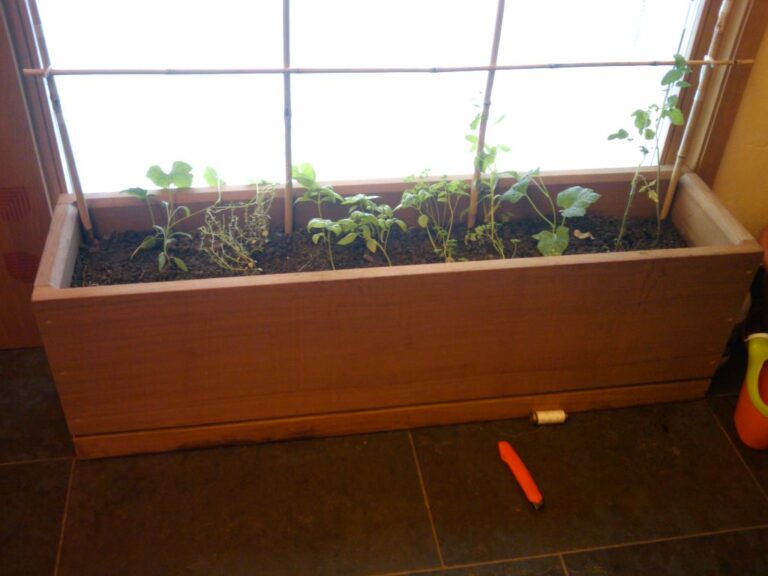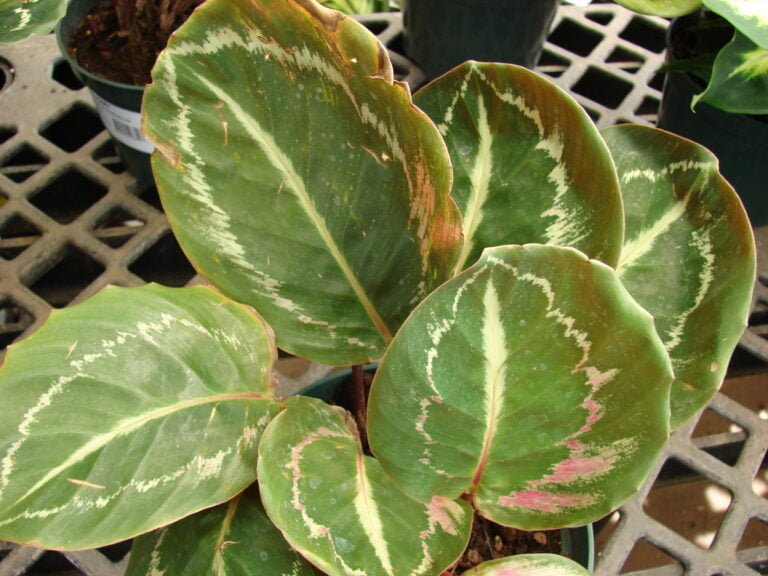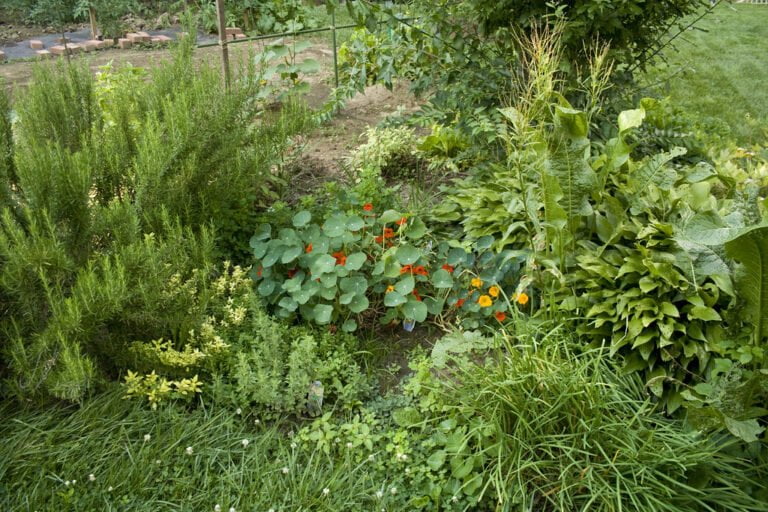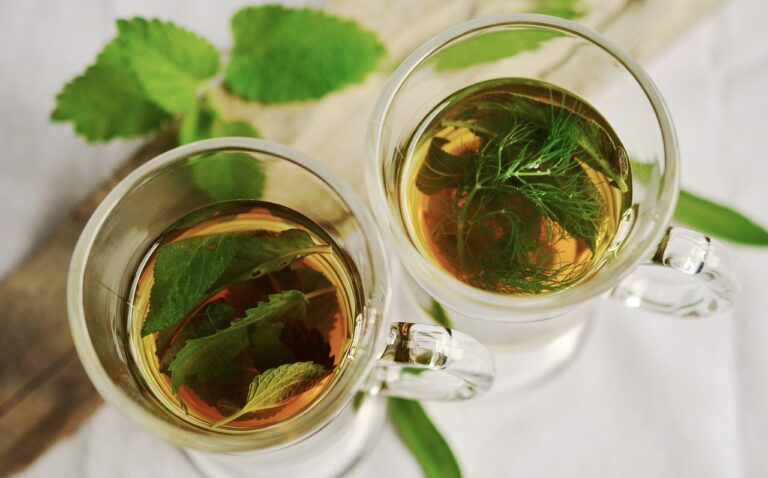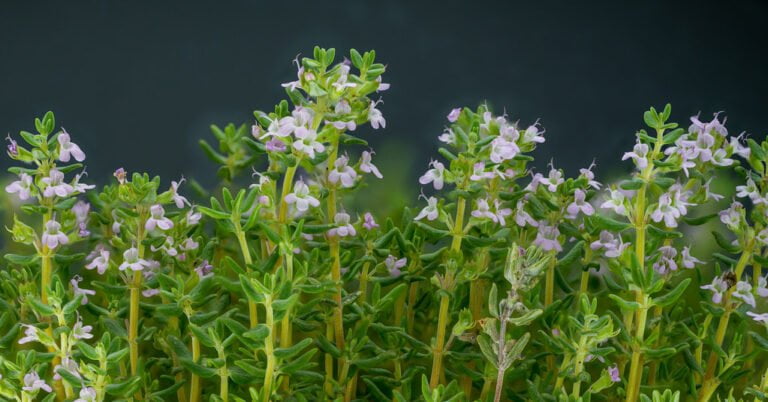How to Propagate a Peace Lily: A Comprehensive Guide
I’ll walk you through propagating a peace lily step by step for success. Start by choosing a healthy mother plant with strong roots and lush foliage. Timing matters, so aim for winter or early spring during its semi-dormant phase. Use sharp tools and well-draining potting mix for clean divisions. Maintain warmth, indirect sunlight, and proper watering post-division. Remember, a humid environment and regular care are key. Mastering these basics will set you up for thriving peace lilies. Your green thumb journey with peace lilies is just beginning, and there’s much more to discover.
Choosing the Right Mother Plant
When selecting a mother plant for propagating a Peace Lily, prioritize choosing one with robust foliage and a well-established root system. A mature peace lily is ideal, especially those with multiple shoots and roots that fill the pot without becoming root-bound. This indicates a healthy, thriving plant ready for propagation. I always look for a plant that is free from pests, diseases, and any signs of stress. Opting for a mother plant that has been well-maintained is essential as it guarantees vigorous growth in the new plants.
The key to successful peace lily propagation lies in choosing a plant with the desired characteristics you wish to replicate in new plants. Healthy foliage is a good indicator of a plant’s overall well-being and its ability to support new growth. Strong root systems are just as important as they provide the foundation for the new plant to establish itself firmly in its new environment. For best results, select a mother plant that exhibits the traits you want to see in your propagated peace lilies.
Optimal Timing for Propagation
For best success in propagating a Peace Lily, timing plays an essential role in ensuring healthy growth of the new plants. While Peace Lilies can be divided for propagation throughout the year, targeting winter or early spring proves to be ideal. This period aligns with the plant’s semi-dormant phase, providing an optimal environment for successful growth post-division.
Choosing the right time for propagation is vital as it sets the foundation for how well the new plants will establish themselves. It’s important to take into account the plant’s growth cycle and your own schedule to make sure you can dedicate ample time and attention to the process. A healthy Peace Lily is key to successful division, so make sure the plant is in good condition before proceeding.
The timing for propagation is relatively flexible, but understanding the plant’s needs and choosing a time that supports its natural rhythm will greatly improve the chances of successful growth. By targeting early spring or winter, you’re more likely to capitalize on the Peace Lily’s readiness for division and its ability to thrive during this period. Remember, a well-timed division can lead to healthy, vibrant new plants that will enrich your indoor garden.
Essential Gardening Tools
Utilizing sharp, clean scissors or a knife is essential when propagating a Peace Lily for division. These tools allow for precise cuts, reducing the risk of damage to the plant’s roots. When dividing peace lilies, it’s important to have a suitable potting mix on hand. This mix should be well-draining to prevent overwatering, which can lead to root rot. Additionally, pots with drainage holes are indispensable as they help maintain the right moisture levels for healthy root development.
As indoor plants, peace lilies require careful attention to watering. A watering can is a must-have tool to make sure that the newly propagated peace lilies receive adequate moisture without being drenched. Proper hydration is key to the success of the propagation process and the overall health of the plants.
While not essential, gloves can be a helpful addition to your gardening tools. They provide protection for your hands when handling the plant and soil, especially if you have sensitive skin or allergies. By using these important gardening tools, you can effectively propagate peace lilies and promote their growth in a controlled indoor environment.
Step-by-Step Division Process
To initiate the step-by-step division process of a peace lily, gently extract the plant from its pot, making sure the roots and foliage remain intact. Here is a detailed guide to dividing a peace lily efficiently:
- Separate the Plant: Carefully divide the plant into smaller sections, ensuring each new section has a good amount of roots and healthy foliage attached. This will help each division establish itself more effectively.
- Use the Right Tools: Employ a sharp, clean knife or shears to cut through the root ball when separating the plant. This will guarantee a clean cut, minimizing damage to the roots and aiding in the successful propagation of your peace lily.
- Timing is Key: It is best to divide the plant during the active growing season. This timing allows the divided sections to establish themselves quicker and promotes healthier growth.
- Replant and Care: Repot each divided section in fresh soil, making sure it is watered thoroughly. Place the newly divided plants in an area with indirect light to facilitate the best growth conditions for your propagated peace lilies.
Following these steps diligently will help in successfully propagating your peace lily and ensuring its healthy growth in the future.
Maintaining Ideal Growing Conditions
Maintaining ideal growing conditions for peace lilies involves making sure they are placed in warm, humid environments with indirect sunlight to thrive effectively. These indoor plants, known for their lush green foliage, require well-draining potting soil to prevent waterlogging, which can lead to root rot. When repotting propagated plants, make sure the root ball is intact and settle them into fresh soil gently.
To support healthy roots and lush foliage, consistent moisture is key. Water the peace lilies regularly, allowing the soil to dry slightly between waterings. However, avoid letting the soil completely dry out, as this can stress the plant. During the growing season, consider fertilizing the peace lilies to provide essential nutrients for their development.
Proper humidity levels are important for the overall well-being of peace lilies. To increase humidity around the plants, consider using a humidifier or placing a tray of water near the pots. Misting the leaves can also help maintain adequate moisture levels.

